What to do so that people in riverside areas no longer have to worry about flooding is an urgent issue for Hanoi .
When the time comes… I worry again.
Many days have passed, but Mr. Le Van On (Nhan Ly village, Nam Phuong Tien commune, Chuong My district) still has not forgotten the memory of the nearly month-long flood that occurred in early September 2024. The man who has lived his whole life by the Bui River said that almost every year, the people here are affected by floods, but it has been a long time since the flood was so deep and lasted so long.
Like Nhan Ly village, hundreds of hamlets in 11 other communes of Chuong My district have also been submerged in water for many consecutive weeks due to the rising water level of the Bui River. Chairman of the People's Committee of Hoang Van Thu commune, Le Hoai Thi, said that along with many damaged belongings and swept away livestock, hundreds of hectares of rice fields of farmers have been lost due to prolonged flooding.
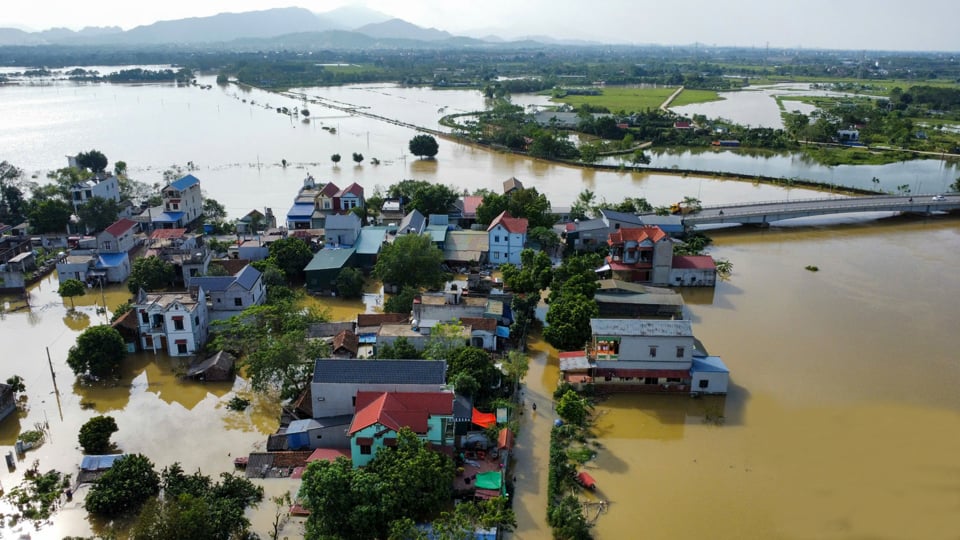
Not only in Chuong My district, people in localities along the Tich River in Quoc Oai district, especially in the 5 communes: Can Huu, Phu Cat, Liep Tuyet, Tuyet Nghia and Dong Yen, also had to experience the feeling of "restlessness" due to flooding. Ms. Dinh Thi Ninh in Can Ha village (Can Huu commune, Quoc Oai district) sadly said that in the past month, her family had to "flood" twice. The house was flooded, so they could not go anywhere or do anything; they even did not know how to send their children to school. What people here had to go through was the most severe in many years.
Previously, in late July and early August 2024, the water level of the Bui and Tich rivers rose above the alarm level III for many days, causing thousands of households in riverside communes in the two districts of Chuong My and Quoc Oai to be flooded. The two floods that occurred in just over a month were also the fourth time in the past 15 years that people in dozens of communes along the Bui and Tich rivers in the districts of Chuong My and Quoc Oai... fell into the situation of "living with flood water" every time the rainy season comes.
Previously, thousands of households living along the Bui and Tich rivers had not forgotten the memories of serious floods during the floods of 2008, October 2017 and July 2018. Not only did it greatly affect the stability of the lives of riverside residents, the fear of flooding also disrupted socio -economic development activities.
Initial efforts
According to the Head of the Hanoi Department of Irrigation and Natural Disaster Prevention and Control, Nguyen Duy Du, the flooding in Chuong My and Quoc Oai districts is considered to be the result of two causes: heavy rain over a large area and the impact of "horizontal forest floods" from Luong Son district ( Hoa Binh province) and Ba Vi district (Hanoi). To minimize the damage caused by floods in the "flood center" of Chuong My district, the city is assigning the Hanoi Management Board of Investment Projects for Construction of Technical Infrastructure and Agriculture to implement 4 projects to renovate and upgrade the irrigation system serving drainage along the Bui River.
Specifically, the Nhan Ly drainage pumping station (Nam Phuong Tien commune), Dam Buom drainage pumping station (Tran Phu commune), My Ha drainage pumping station and My Thuong drainage pumping station (both in Huu Van commune). The total investment cost for the construction of the four pumping stations mentioned above is nearly 200 billion VND.
According to Tran Anh Tu, Head of the Irrigation Project Management Department (Hanoi Technical Infrastructure and Agricultural Construction Investment Project Management Board), the projects are still being actively completed. However, during the two recent severe floods, all pumping stations have been operated to support flood prevention for the Bui River area and ensure the correct design capacity.
Regarding drainage to prevent flooding along the Tich River, the immediate solution being implemented by the Hanoi Department of Agricultural Works and Rural Development is to build a hard embankment on both banks of the Tich River in Ba Vi District. The project is likely to be completed by the end of this year (2024), and is expected to ensure drainage, flood prevention for the Tich River basin, and flood prevention for localities along the river, especially in Quoc Oai District.
According to research, in the face of frequent flooding caused by the impact of "cross-forest floods", the Hanoi Department of Agriculture and Rural Development has coordinated with a number of specialized research institutes, organized working groups, and worked directly with professional agencies of Hoa Binh province to discuss solutions. Ideas such as building reservoirs and canal systems to reduce "cross-forest floods", or upgrading the entire Bui River dike system have been mentioned by experts, management agencies, and scientists. However, the fundamental solution to this problem is still open.
Fundamental solution
Continuous flooding not only greatly affects the stability of the lives of riverside residents, but also disrupts socio-economic development activities. Therefore, finding a fundamental, long-term solution to enhance the resilience of the Bui and Tich river systems to floods is an issue that needs special attention and cannot be delayed in implementation.
According to Deputy Director of the Hanoi Department of Agriculture and Rural Development Nguyen Dinh Hoa, in the basins of the Tich and Bui rivers, there are many low-lying areas compared to the river surface; even some riverside villages in Chuong My district are 8m lower than the river surface, leading to flooding every time it rains.
“People have settled and lived in these areas for many generations. Every time there is a “forest flood” that causes the river water to rise, it causes flooding. People cannot settle down, which greatly affects their lives and production…” - Mr. Nguyen Dinh Hoa, who once served as Chairman of the People’s Committee of Chuong My district, acknowledged.
Also according to the representative of the Hanoi Department of Agriculture and Rural Development, in the long term, departments, branches and localities (including the two districts of Chuong My and Quoc Oai) need to review and study solutions to rearrange residents in areas with difficult-to-resolve flooding; deploy resettlement plans to relocate people, houses and constructions to high areas that are not flooded.
Hanoi will report to the Government to study the resettlement of residents and investment in upgrading the dyke system to meet planning criteria. At the same time, the authorities will also study other solutions including dredging, removing obstacles to ensure flood drainage, building an early flood warning monitoring system and cooperating with neighboring provinces along the Day, Bui and Tich rivers.
The representative of the Hanoi Department of Agriculture and Rural Development also informed that currently, the Hanoi City Flood and Storm Prevention and Control Plan is integrated into the district planning until 2030, with a vision to 2050; and integrated into the Capital Planning until 2045, with a vision to 2065. When approved by the Government, it will be integrated with flood prevention and control in the riverside districts, including Chuong My and Quoc Oai districts; thereby paying attention to investment and minimizing the impact on the lives of people in flood-affected areas.
According to information from Deputy Director of Hanoi Department of Planning and Investment Pham Quoc Tuyen, the city is currently submitting to competent authorities the capital's planning, including the integrated part of the detailed plan for flood prevention and control of rivers in Hanoi, to have a basis for implementation in the next phase.
The recent high water level of Bui and Tich rivers is partly due to sedimentation. In addition to sedimentation of the riverbed, the irrigation reservoirs that have the effect of slowing down and regulating floods have also been heavily silted because they have not been dredged for many years, reducing their storage capacity and cutting off "horizontal forest floods" on the rivers...
Director of Chuong My District Irrigation Development Investment Enterprise
Do Viet Dung
Source: https://kinhtedothi.vn/an-cu-cho-nguoi-dan-vung-lu.html


![[Photo] National Assembly Chairman Tran Thanh Man attends the VinFuture 2025 Award Ceremony](/_next/image?url=https%3A%2F%2Fvphoto.vietnam.vn%2Fthumb%2F1200x675%2Fvietnam%2Fresource%2FIMAGE%2F2025%2F12%2F05%2F1764951162416_2628509768338816493-6995-jpg.webp&w=3840&q=75)



![[Photo] 60th Anniversary of the Founding of the Vietnam Association of Photographic Artists](/_next/image?url=https%3A%2F%2Fvphoto.vietnam.vn%2Fthumb%2F1200x675%2Fvietnam%2Fresource%2FIMAGE%2F2025%2F12%2F05%2F1764935864512_a1-bnd-0841-9740-jpg.webp&w=3840&q=75)








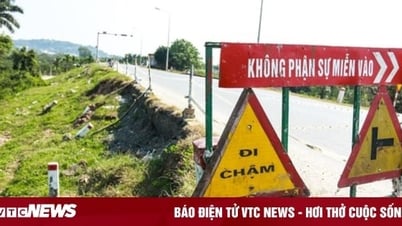

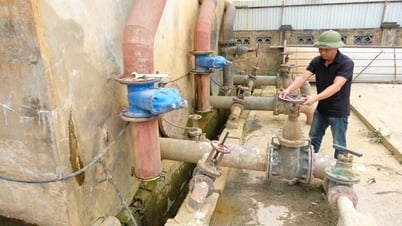
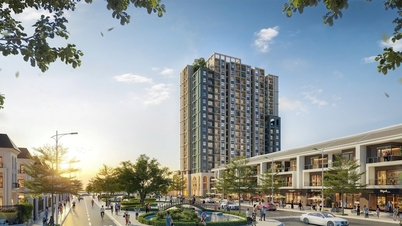












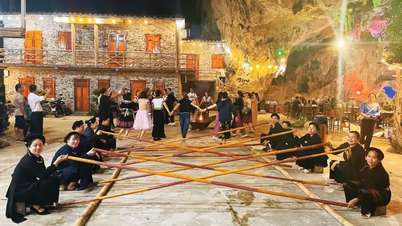


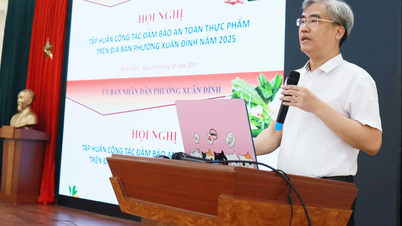
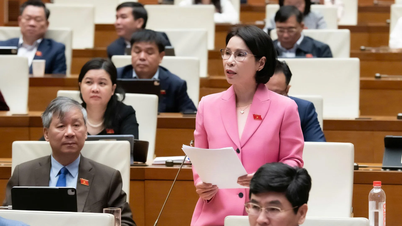



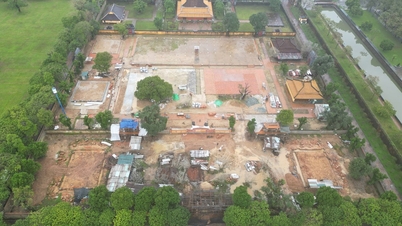

































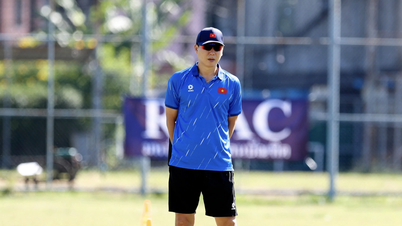

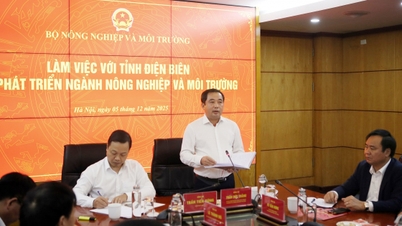

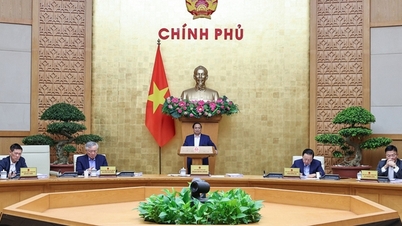


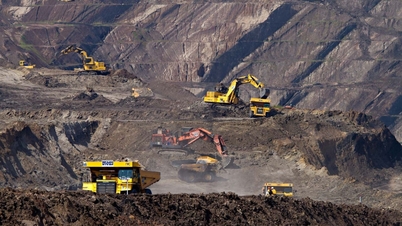



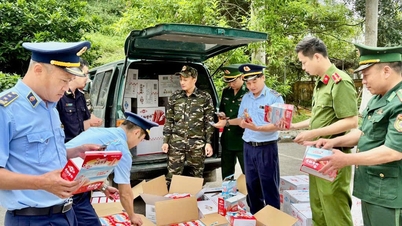





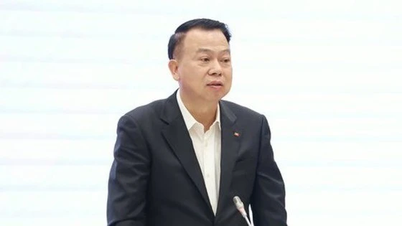















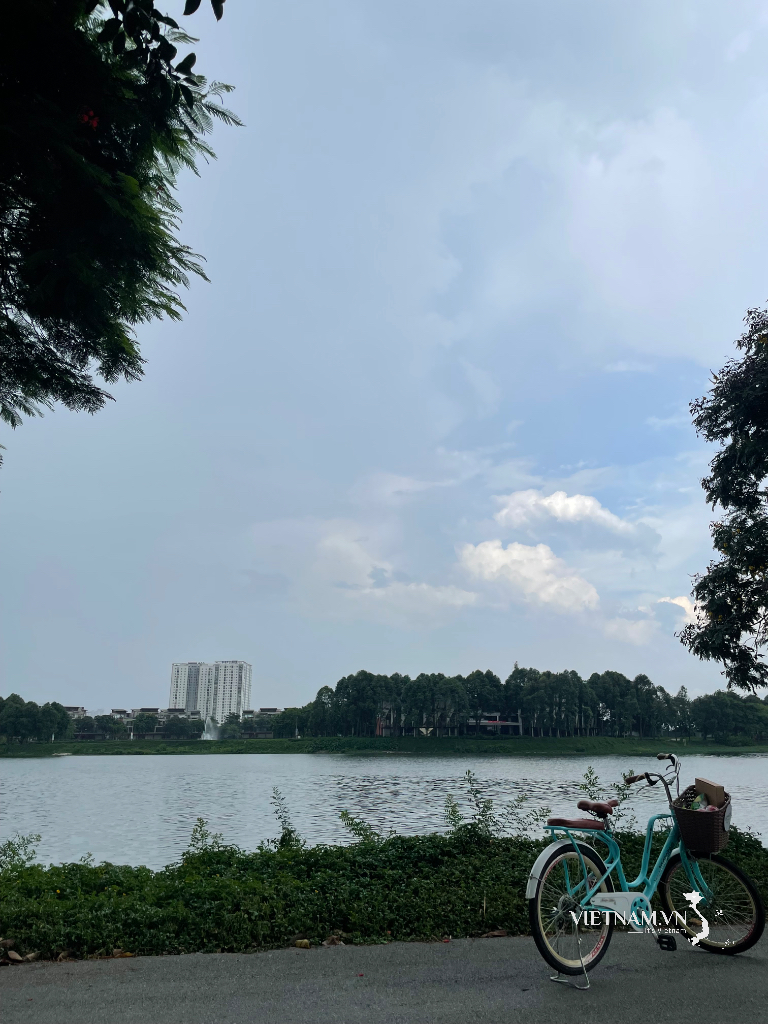





Comment (0)